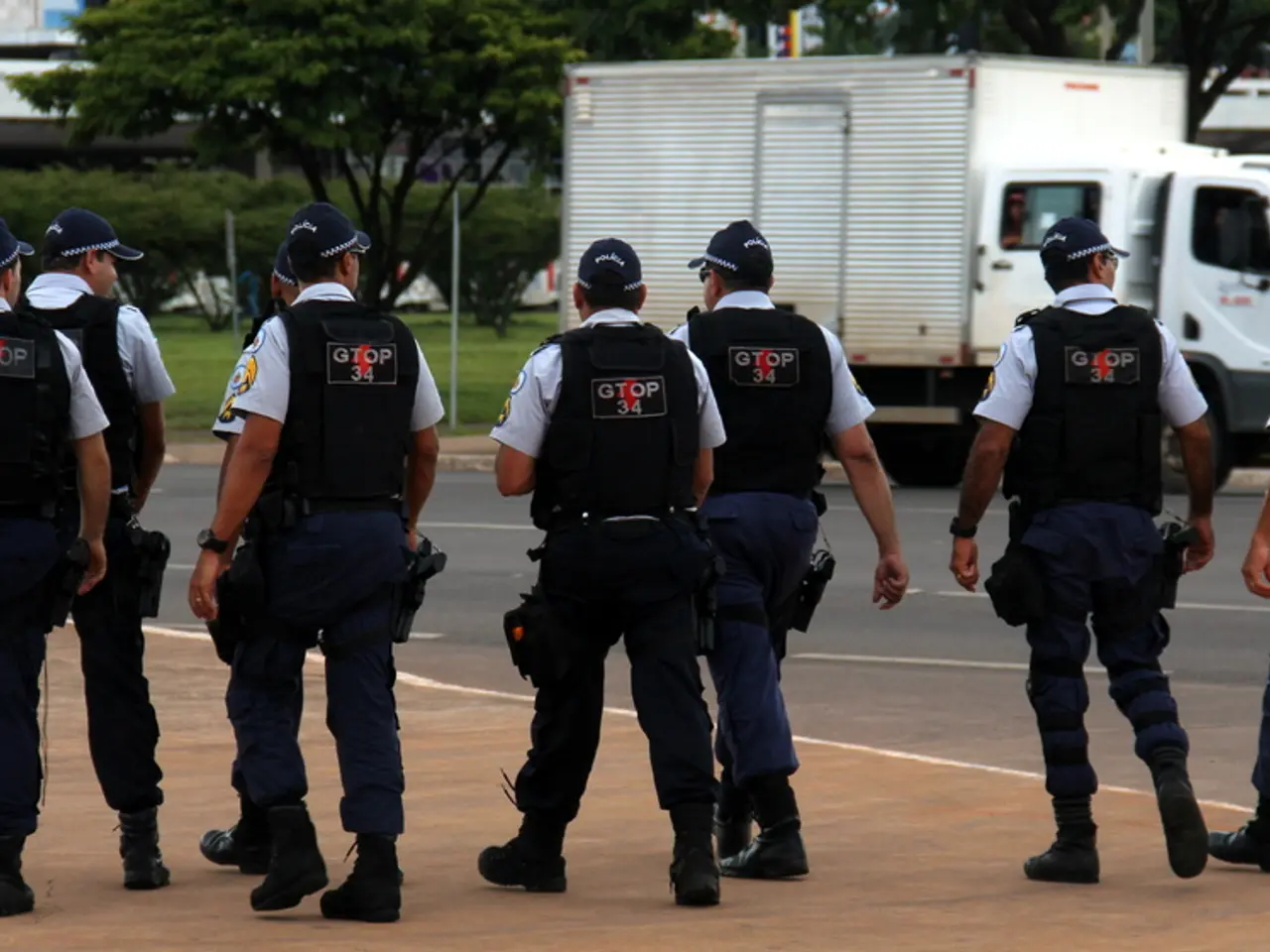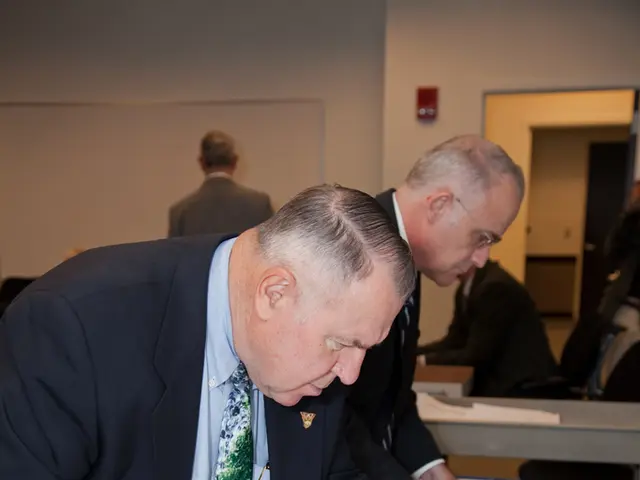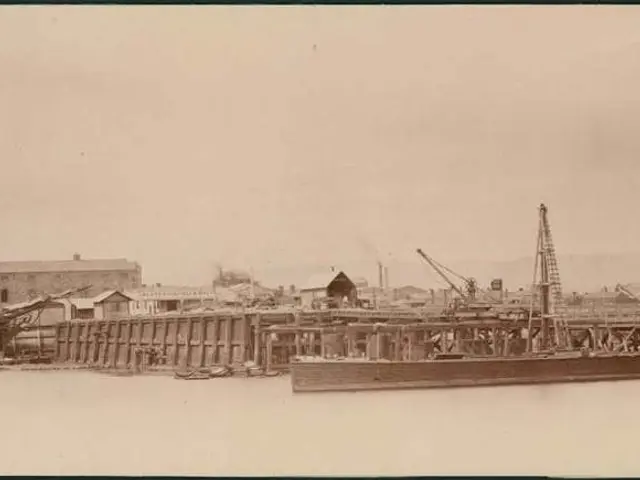Stuttgart 21's Black Thursday: Key Figures and Lasting Impacts
Fifteen years ago, the Stuttgart 21 rail project reached a boiling point on 'Black Thursday', September 30, 2010. Hundreds were injured as police cleared protesters from the Schlossgarten. Key figures, including Tanja Gönner and Siegfried Stumpf, played significant roles in the events that unfolded.
Tanja Gönner, then serving as both environmental and transport minister, bore responsibility for the controversial Stuttgart 21 project. Meanwhile, Siegfried Stumpf, the Stuttgart police president, was at the helm of the police operation that day. The clearance resulted in hundreds of injuries, with Dietrich Wagner, hit by a water cannon, becoming a symbol of the day's violence.
Stefan Mappus, the then CDU Minister President, was a vocal supporter of Stuttgart 21. Although he approved deployment plans the day before, direct influence on the events could not be proven. Some protagonists gained prominence post- Black Thursday, while others resigned. Matthias von Herrmann emerged as the face of the resistance, leading the Parkschützer initiative. Stumpf later received a penalty order for negligent bodily harm in office.
The Stuttgart 21 dispute reached its peak on Black Thursday, with significant figures like Tanja Gönner and Siegfried Stumpf at the forefront. The events left lasting impacts, with Dietrich Wagner becoming a symbol of the day's violence. Despite the controversy, the project continues, with construction set to finish in 2025.
Read also:
- American teenagers taking up farming roles previously filled by immigrants, a concept revisited from 1965's labor market shift.
- Weekly affairs in the German Federal Parliament (Bundestag)
- Landslide claims seven lives, injures six individuals while they work to restore a water channel in the northern region of Pakistan
- Escalating conflict in Sudan has prompted the United Nations to announce a critical gender crisis, highlighting the disproportionate impact of the ongoing violence on women and girls.




